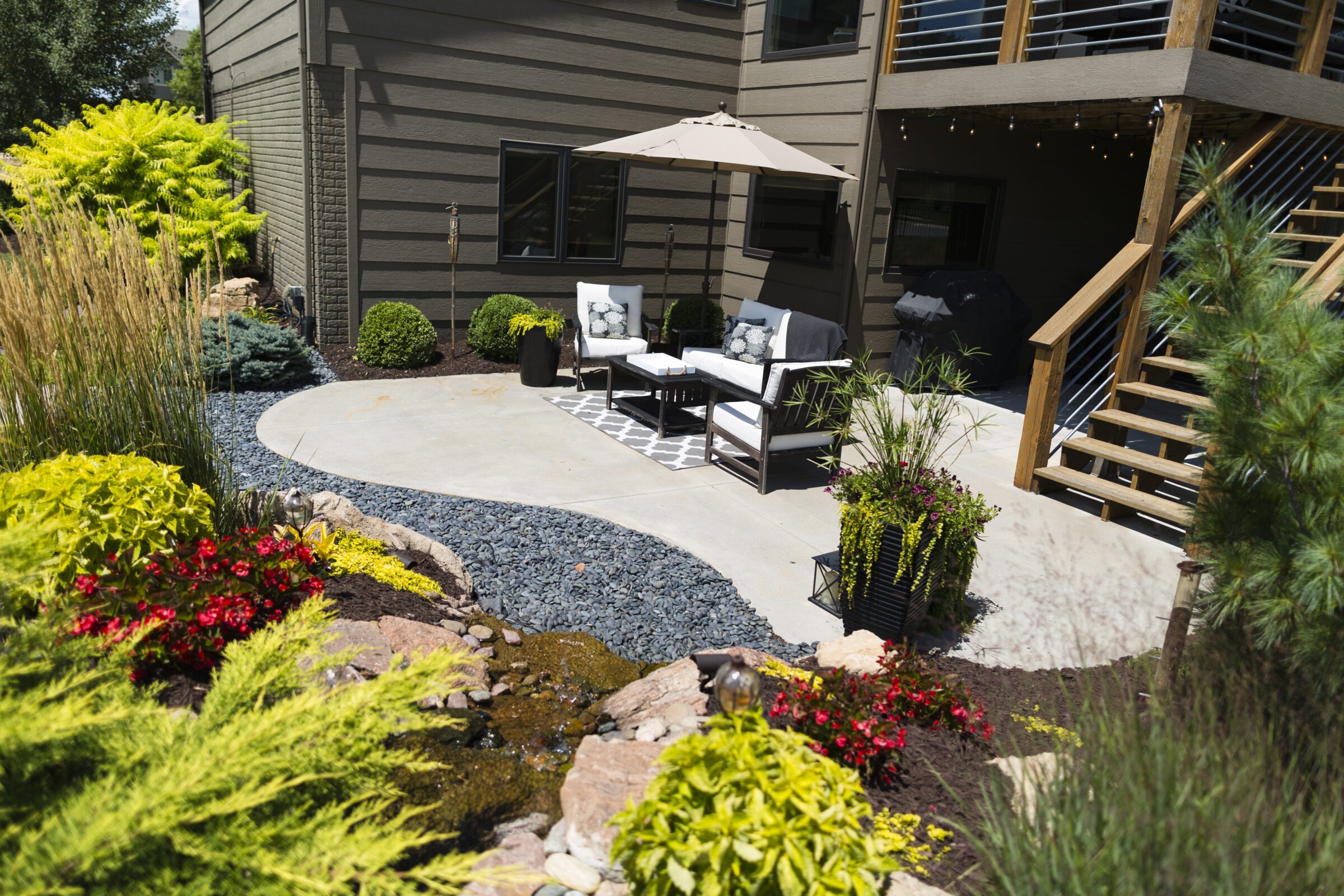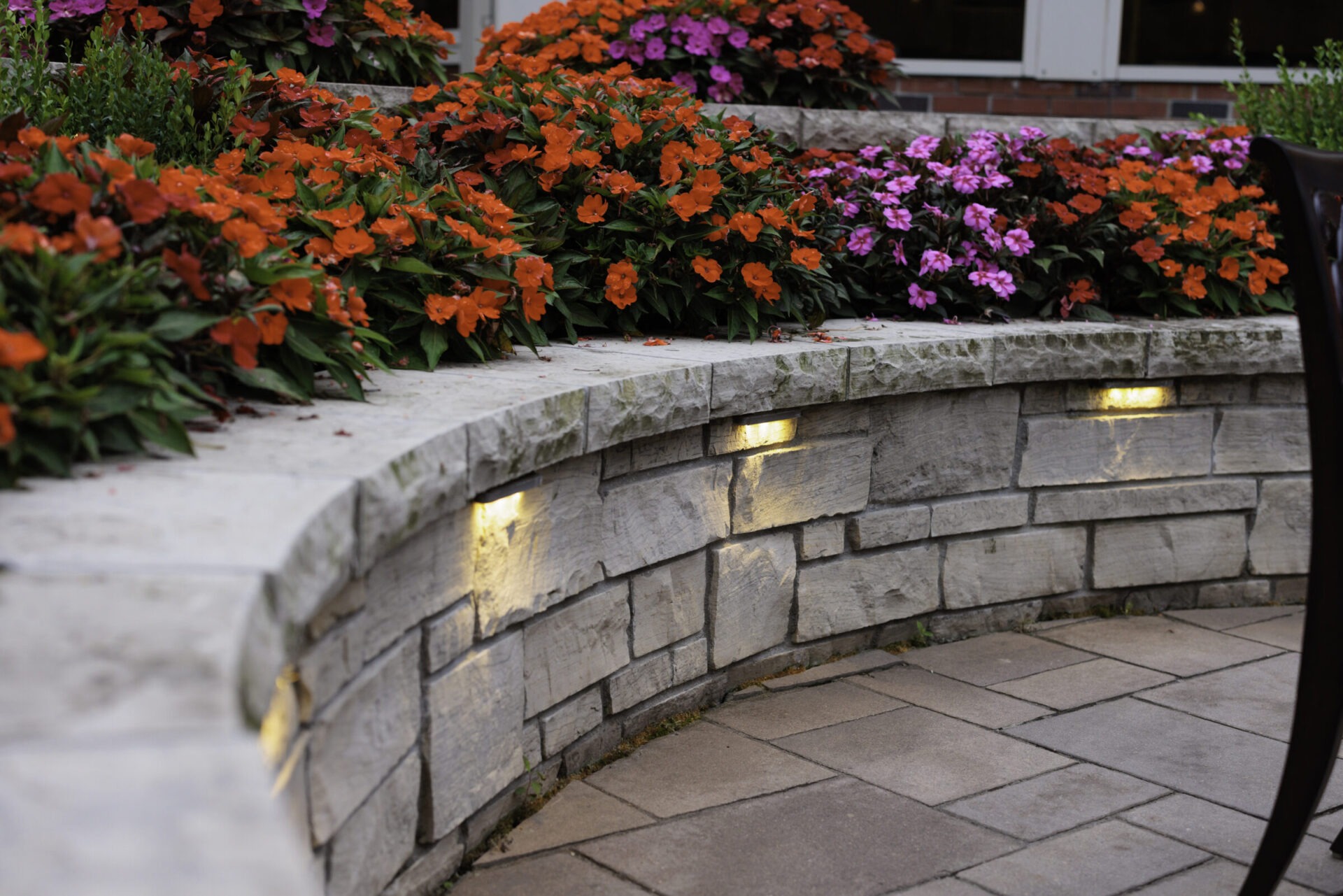Comprehensive Hardscaping Guide

Hardscaping can often be overlooked in landscape design, leading to outdoor spaces that lack structure and functionality. Many homeowners struggle with creating a cohesive environment that balances beauty and practicality, resulting in areas that are either too cluttered or underutilized. Without the right hardscape elements, your outdoor space may not only fail to impress but also suffer from issues like poor drainage and soil erosion. Issues like these can lead to costly repairs down the line. It’s essential to incorporate well-planned hardscape features enhance your landscape’s overall appeal and address these challenges head on.
By integrating materials such as natural stone, concrete, or brick, you can create defined areas that serve specific purposes, from entertaining guests to providing serene retreats. Thoughtful hardscapes not only elevate the aesthetic of your property, but also improve its functionality, ensuring that every inch of your outdoor space is utilized effectively. With the right approach, you can transform your landscape into a harmonious blend of hard and softscaping, creating an inviting environment that stands the test of time.
What is Hardscaping?

This refers to the non-living elements in landscape design, such as stone, brick, concrete, and metal. Unlike softscaping, which involves plants and other organic materials, this practice provides structure, form, and durability to outdoor spaces.
The Importance of Hardscaping
Hardscaping is more than just an aesthetic choice. it plays an important role in the overall functionality and sustainability of your landscape. By incorporating elements like retaining walls and permeable pavers, you can effectively manage water runoff and prevent soil erosion.
Moreover, hardscaping provides a durable, low-maintenance solution for high-traffic areas, ensuring that your outdoor space remains beautiful and functional for years to come.
Important Maintenance
Proper maintenance is key to preserving the beauty and functionality of your hardscape elements. Here are some maintenance tips to keep your hardscape looking its best:
- Regular Cleaning: Sweep and wash your surfaces regularly to remove dirt, debris, and stains.
- Sealant Application: Apply a sealant to concrete and stone surfaces to protect against moisture and staining.
- Weed Control: Use weed barrier fabric and regularly remove weeds to prevent damage to your hardscaping elements.
Popular Hardscape Materials
Choosing the right materials is key to achieving a cohesive and long-lasting landscape design. Here are some popular hardscaping materials to consider:
Natural Stone
Natural stone is a timeless choice offering durability and a wide range of colors and textures. From flagstone patios to stone retaining walls, natural stone adds elegance and sophistication to any landscape.
Concrete
Concrete is a versatile and cost-effective material that can be used for a variety of projects. With options like stamped or stained concrete, you can achieve the look of natural stone or brick at a fraction of the cost.
Brick
Brick is a classic choice for patios, walkways, and retaining walls. Its warm, earthy tones and traditional charm make it a popular option for both contemporary and traditional landscape designs.
Metal
Metal elements like steel edging and aluminum planters can add a modern touch to your landscape design. Durable and low-maintenance, metal is an excellent choice for contemporary hardscaping projects.
Hardscaping Ideas for Your Outdoor Space
Now that you’re familiar with some popular materials, let’s explore a few hardscaping ideas to inspire your next project:
Patios and Decks
A patio or deck provides a versatile outdoor living space for dining, entertaining, or simply relaxing. Consider incorporating a mix of materials, such as natural stone and wood, to create a unique and inviting patio design in Omaha.
Walkways and Pathways
Walkways and pathways guide visitors through your landscape and can highlight key features along the way. Use materials like brick or natural stone to create a charming and functional pathway that enhances the overall flow of your outdoor space.
Retaining Walls
Retaining walls can help manage sloped terrain, prevent soil erosion, and add visual interest to your landscape. Choose materials like stone or concrete for a durable and attractive retaining wall that complements your landscape design in Omaha.
Fire Pits and Fireplaces
A fire pit or outdoor fireplace can serve as a focal point and gathering place in your outdoor space. Whether you opt for a traditional brick fireplace or a modern metal fire pit, incorporating a fire feature can extend the usability of your outdoor space into the cooler months. On top of that, fire features add another way to entertain guests and bring people together.
Water Features
Water features like fountains, ponds, and waterfalls can add a soothing ambiance to your landscape. Incorporate natural stone or concrete to create a water feature that blends seamlessly with your existing elements.
Incorporating Hardscaping into Your Landscape Design
Successful hardscaping requires careful planning and consideration of your overall landscape design. Here are some tips for integrating this practice into your outdoor space:
Create a Cohesive Design
It’s essential to create a cohesive design that complements your existing landscape. Consider factors like color, texture, and scale to ensure that your hardscaping elements work harmoniously with your softscaping.
Balance Functionality and Aesthetics
While aesthetics are important, functionality should be a priority when planning your hardscaping projects. Consider the intended use of each space and select materials and designs that will enhance both the beauty and usability of your outdoor areas.
Plan for Sustainability
Incorporate sustainable practices into your hardscaping design by choosing eco-friendly materials and techniques. Consider permeable pavers for improved water drainage or opt for locally sourced materials to reduce your environmental impact. This can be especially helpful if you want to go the extra mile and use local flora in your landscape design in Omaha.
Stone, concrete, and more are a vital component of landscape design that enhance the beauty, functionality, and sustainability of your outdoor spaces. Sun Valley Landscaping in Omaha can help you create a backyard masterpiece.
Look for Warranty Promise
Sun Valley Landscaping believes that beautiful outdoor spaces deserve dependable protection. That’s why we stand behind our work with comprehensive warranties which is a reflection of the quality, care, and craftsmanship we bring to every project.
Precast Walls & Paver Patios
We provide a 5-year limited warranty on all precast walls and paver patios. This covers any issues related to proper industry installation techniques. If material defects arise, we work closely with the manufacturer to ensure they’re addressed through their product-specific warranties.
Natural Stone Walls & Patios
Enjoy a 5-year warranty on labor and materials for natural stone installations. These one-of-a-kind materials bring character and charm to your space, and while we embrace their natural variation and aging, we guarantee the quality of our installation.
Plant Material
We offer a 1-year, one-time replacement warranty on most trees, shrubs, and perennials. Please note, some exceptions apply — we do not offer warranties on annuals, lawn seed, sod, bulbs, potted plants, or client-transplanted material. Specific plant types like Azaleas, Rhododendrons, Rose of Sharon, and Butterfly Bushes are also not covered.
Outdoor Lighting
Our lighting systems come with Kichler’s industry-leading warranties, including:
- 10 years on transformers
- 10 years on LED accent lights (15 years for VLOs)
- 5 years on exterior finishes
- 5 years on wiring when fully installed by SVL
- 1 year on SVL labor for any fixture replacements
Book a consultation today and speak with professionals who can help you guide your project to greatness.
Tags:

